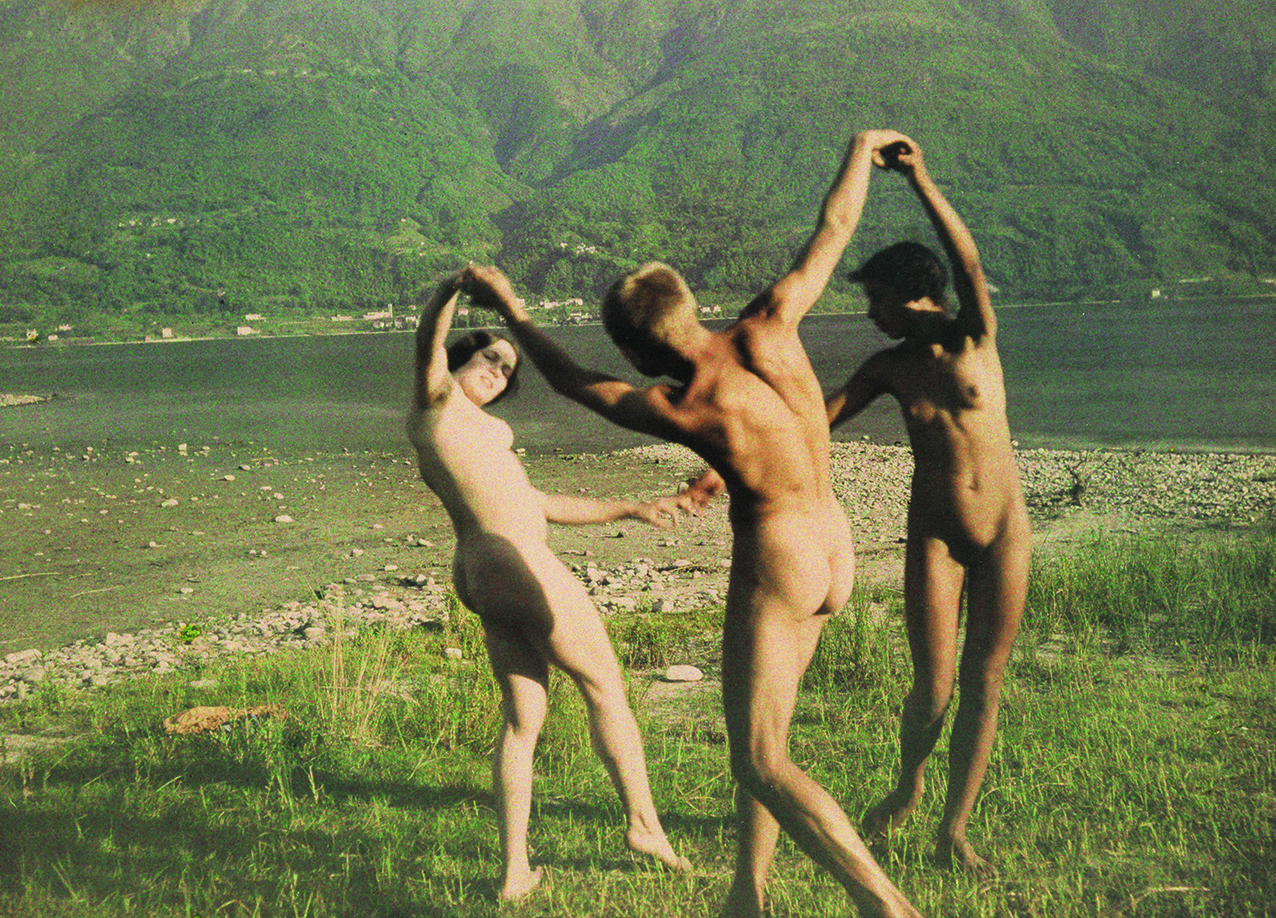Every man is a dancer, because the dance is an expression of feelings, thoughts and emotions.
This was the vision of Rudolf von Laban (Bratislava 1879 – Weybridge 1958), dancer, choreographer and leading figure in the “free dance movement”. Laban was the first to introduce the concept of modern dance using a method for codifying body movements known as Labanotation. Opposing academic notions of the dance which he felt were rigid and artificial, Laban considered the dance to be a primary art form arising out of the simple gesture.
After an initial visit by Isadora Duncan during the colony’s early years, the dance settled in Monte Verità in 1913, with the arrival of Rudolf von Laban who founded his summer school of the art of movement at a time when, in line with the principles of Lebensreform, the central importance of the human body was being reassessed. The school became a catalyst and contributed to transforming Monte Verità from a vegetarian colony into a community of artists while inaugurating a new and important chapter in the history of the place and the surrounding region. From the early 1920s Laban welcomed to Ascona the dadaists Hugo Ball, Emmy Hennings, Hans Arp and Sophie Taeuber and Mary Wigman presented the first versions of her sacred dance in the rooms of the Casa Anatta.
Past event
from 17 May
to 01 June
Hall
Free

